Welcome to the world of garden bird feeding! It’s an exciting and rewarding experience that can bring joy, beauty, and connection to nature into your backyard. Whether you’re a first-time gardener or a seasoned bird watcher looking for something new, there are many different types of bird feeders out there that can help make your outdoor space come alive with the sights and sounds of wild birds.
You don’t have to break the bank either – from hanging hummingbird feeders to simple platform models, there is sure to be something for every budget. And depending on what type of birds visit your yard regularly, you may even want to consider trying multiple kinds of bird feeders in order to attract more winged visitors.
With just a few tweaks here and there, it won’t take long before your garden is full of feathered friends eager to take advantage of all the tasty treats you’ve put out for them!
The right kind of bird feeder can not only provide hours of entertainment as you watch these beautiful creatures flit around but also give back by providing much-needed sustenance during winter months when natural food sources become scarce.
Definition Of Bird Feeders
Bird feeders are a great way to bring birds into your garden. They provide an easy and convenient way for you to give the birds in your area food and water, as well as give them a safe place to rest. Bird feeders come in various shapes and sizes, and can be made from different materials such as wood, metal, or plastic. There are many types of bird feeders available on the market today that make it easier than ever to attract wild birds to your backyard!
If you’re looking for ways to get closer to nature, then setting up a bird feeder is definitely something worth considering. Not only will it help keep wild birds around but it also provides hours of entertainment while they flock over to enjoy their meals. You’ll be able to identify different species by observing what type of seeds they prefer and how quickly they eat them up! It’s like having a mini-zoo right in your own backyard!
By providing food and shelter, you’ll draw more wildlife into your garden—which means more opportunities for watching these beautiful creatures go about their daily lives. And with the right kind of bird feeder setup, you’ll have plenty of chances to witness amazing moments unfold before your very eyes.
How To Choose The Right Kind Of Bird Feeder
Choosing the right kind of bird feeder for your garden can be an overwhelming task! With so many different types available, it’s hard to know which one will best suit your feathered friends. But fear not – with my expertise and a few simple tips, you’ll be able to confidently pick the perfect feeder in no time:
- Consider what type of birds visit your garden – Platform or tray feeders are great choices if you have ground-feeding birds such as robins, doves, and blackbirds; while tube feeders work well for species like finches and chickadees that prefer perching on thin branches.
- Choose the appropriate size – If you want larger birds in your garden, select a bigger feeder with wider feeding ports. This ensures they won’t miss out on their meals due to tight spaces or small openings. On the other hand, smaller seed feeders are ideal for tiny songbirds like wrens and goldfinches.
- Make sure it is easy to clean – A dirty birdfeeder can easily become contaminated by parasites or bacteria from droppings left behind by birds. Look for models that come apart quickly and simply so that regular cleaning is effortless.
With these factors in mind, finding the perfect bird feeder should now be much easier! Now let’s move on to fruit and oriole bird feeders – two more varieties that offer something truly special to attract colorful backyard visitors.
1. Fruit and Oriole Bird Feeders
Fruit and Oriole bird feeders are ideal for the avid gardener who wants to attract a variety of colorful birds. Fruit-loving avians such as orioles, cedar waxwings, and robins will flock to your garden if you install one of these special feeders. The best way to fill them is with fruit slices or jellies that have been specifically designed for these types of birds. By providing this food source, you can be sure that your feathered friends will return year after year!
These feeders come in many shapes and sizes, so it’s easy to find one that fits perfectly into your garden design. Some models feature mesh netting which allows smaller pieces of fruit to fall through into trays below; others are open containers that allow larger chunks of food to stay on top until they’re eaten by hungry birds. Be sure to check out the wide selection available before making a purchase so you get the right size and type for your yard.
No matter what type of fruit-and-oriole feeder you choose, it’s important to keep it clean and free from debris that could accumulate over time. Regularly remove any uneaten fruits or jellies, empty the trays beneath the feeder, and wipe down the surfaces with warm water and mild soap every few weeks. Doing this little bit of maintenance now will ensure that your backyard visitors continue coming back for more.
2. Hopper or House Bird Feeder
Coincidentally, hopper or house bird feeders are the perfect types of bird feeder for those looking to create a garden oasis filled with feathered friends. They provide an effective and visually appealing way to attract wild birds in a variety of shapes, sizes, and colors. From providing shelter from predators to offering food sources year-round, these unique bird feeders can make your backyard paradise even more enjoyable。
These large box-like structures come with seed compartments on top that dispense seeds as birds eat them. The design also allows for drainage which keeps the seeds dry and prevents molding or rotting. The style is designed like a small structure such as a cottage or barn that provides shelter for the birds while they feed. It often has multiple feeding ports along its sides so different types of birds can enjoy it at once.
With proper care and regular cleaning, your hopper or house feeder will bring life and color to your outdoor space all year long – no need for expensive trips away when you have this kind of wildlife right outside your door.
3. Log Feeder
Log feeders are a great way to attract wild birds into your garden. They are simple and easy to set up, as well as being cost-effective and environmentally friendly. Log feeders come in many different shapes and sizes, so you can find one that fits perfectly with the design of your space. The most common type of log feeder is made from an untreated piece of wood or branch, which has been hollowed out at either end. This allows for plenty of space for seeds, nuts, and mealworms. You simply fill it up with bird food, hang it on a tree branch or post and wait for the feathered visitors!
Not only do these feeders look attractive in any garden setting but they also provide much-needed shelter for small birds while they eat. Many species will be attracted by this kind of setup because it provides them with a safe place away from predators such as cats or magpies. Additionally, logs help keep birdseed dry since they usually have some sort of roofing over them.
So if you’re looking for an easy way to attract more wildlife into your outdoor area then why not try a log feeder? It could be just what you need to bring those special feathered friends closer than ever before! With all these benefits in mind, it’s no wonder why log feeders are becoming increasingly popular amongst avid birdwatchers.
4. Mealworm Bluebird Feeder
The mealworm bluebird feeder is an excellent alternative to the log bird feeder for gardeners that prefer a less rustic look and feel. Mealworms are high in protein, making them a great source of nutrition for birds. These attractive cylindrical-shaped containers come with multiple perches on the outside, allowing more than one bird at a time to enjoy the nutritious treat inside. The top opens easily, giving access to refill the container with fresh mealworms when needed. Easy-to-read labels help identify which type of food is most appropriate for each bird species – whether it be sunflower seeds or suet blocks.
Mealworm bluebird feeders provide birds with easy access to their favorite foods while keeping predators away from your precious feathered friends. They also keep other pests such as squirrels and chipmunks out, ensuring that only those birds you want in your garden get fed! To add an extra level of protection, these types of feeders often have covers or cages around them so no animals can steal the contents within.
More importantly, however, these bird feeders bring joy and entertainment into any outdoor space by attracting different species of birds. It’s not uncommon to see cardinals, robins, wrens, sparrows, and even hummingbirds coming to visit during peak feeding times! As you watch this beautiful collection of fluttering wings gracefully taking advantage of the treats provided by your own personal mini restaurant – all while bringing life and energy into your backyard – you’ll know why investing in a mealworm bluebird feeder was worth every penny.
5. Nectar Bird Feeder
Nectar bird feeders are a great option for any garden. They attract hummingbirds, orioles, and other birds that love sweet treats. Nectar is easy to make—just mix four parts water with one part sugar. You can also buy pre-made nectar from most pet stores or online retailers.
When shopping for your nectar feeder, look for one made of durable materials, such as glass or metal. Avoid plastic varieties; they won’t last long in the weather and will need to be replaced often. Look for features like an ant guard or bee screen, which keep pesky insects away from the food source. If you live in an area prone to strong winds or heavy rainfalls, opt for a model with a wide base so it doesn’t tip over easily.
Cleanliness is important when using nectar bird feeders. Sugar attracts bacteria quickly, so empty out the old solution after three days and clean the feeding ports once a week with hot water and soap. This helps ensure your feathered friends remain healthy! Don’t forget to refill your feeder regularly too; otherwise, you might miss out on some spectacular avian visitors.
6. Nyjer Finch Feeder
The Nyjer Finch Feeder is a great choice for anyone looking to attract smaller birds like finches, redpolls, and siskins. It’s particularly useful because it has many features designed specifically for these types of birds. Here are the top 3 features that make this type of feeder ideal:
- Its small size allows only smaller birds to access the seeds inside.
- It consists of tiny holes which help keep rain from entering and spoiling the seed.
- The perch design prevents larger birds from accessing the food supply.
Nyjer Finch Feeders come in different styles, so you can easily find one that fits your outdoor décor or garden theme. They also typically have clear plastic tubes which allow you to monitor how much food is left without needing to take down the feeder. Not only do they look good, but they’re easy to install and refill as well!
Overall, Nyjer Finch Feeders offer an attractive solution for attracting small songbirds into your yard while keeping out larger species that may cause problems with other bird feeders. If you want to enjoy watching colorful finches flocking around your backyard, then this type of feeder is definitely worth considering! With its combination of convenience and attractiveness, it’ll be sure to bring plenty of joy to any bird enthusiast.
7. Peanut Feeder
The oriole fruit feeder was a great way to attract some of the more brightly colored birds into your garden, but if you’re looking for a different type of bird, it’s time to switch up your bird feeding game. Peanut feeders are an excellent choice for attracting larger species such as finches and woodpeckers. These hungry little critters love peanuts in the shell or chunks of nutty goodness, so why not give them something they crave?
When setting up a peanut feeder, make sure that it is placed away from any high-traffic areas like walkways or other busy spots around your garden. This will ensure that these birds can find their food without feeling too exposed or in danger from predators. Additionally, be sure to regularly check the area beneath the feeder for signs of spilled seed and discarded shells – this will help keep your feathered friends happy!
Finally, never underestimate the importance of keeping your peanut feeder clean; old peanut shells and waterlogged nuts can quickly become breeding grounds for bacteria that could harm our avian friends. Cleaning out your feeder on a regular basis is essential to ensuring healthy birds and a thriving backyard ecosystem.
8. Platform Bird Feeder
Platform bird feeders are the perfect way to bring your garden alive with colorful birds! You can fill them up with a variety of seeds, nuts, and fruits which will draw in an array of feathered friends. Think of it like a marketplace- they’ll come flocking for their favorite snacks! A platform feeder is also great because you don’t need any special tools or skills to set up and maintain one. It’s easy enough for even the most novice gardener. And what better way to show your appreciation for nature than by providing food for our fine feathered friends?
The best part about platform bird feeders is that there’s something suitable for every type of gardener and budget. Whether you’re looking for a decorative centerpiece or a more economical option, you’ll be able to find exactly what you need. There are plenty of different sizes, materials, and styles available so no matter how much space you have in your yard – or how picky your feathered visitors may be – everyone will be happy.
9. Suet Feeder
Moving on from platform feeders, suet feeders are a great way to attract wild birds. Suet is made of rendered beef fat and blended with various seed mixtures and often fruit or nuts. It’s an excellent source of energy for the birds during cold weather months when other food sources may be scarce. These types of bird feeders come in many different shapes and sizes, so you can choose one that best suits your garden design. Some models even feature built-in perches that allow birds to easily access the suet without having to cling to it.
Suet should always be stored in a cool place away from direct sunlight and moisture. The easiest way to fill these feeders is by purchasing pre-made blocks which can then be placed into the holder for easy refilling. You can also make your own suet mix at home using ingredients such as lard, peanut butter, oatmeal, cornmeal, bird seed, and raisins. Once filled with homemade or store-bought suet cakes, hang the feeder either near trees or bushes where they will stay protected from predators while still being visible enough for you to enjoy their visits!
To ensure your feathered visitors have plenty of sustenance throughout the colder winter days ahead, make sure you keep up with regular cleaning and replenishing of both platform and suet feeders – especially if more than one type of bird has been visiting your garden! With this simple maintenance routine, you’ll provide them with necessary nutrition whilst allowing yourself plenty of time to observe their behavior close up – something both amateur ornithologists and garden enthusiasts alike are sure to love.
10. Sugar Water Feeder
Sugar water feeders are an excellent way to attract hummingbirds and orioles into your garden or backyard. These nectar-rich feeders help provide a great source of energy for these birds, enabling them to build strength and resilience as they migrate throughout the season.
When setting up a sugar-water feeder in your yard, there are a few things you should consider:
- Make sure to place it near flowering plants or shrubs that can act as cover for when the birds stop off for a rest.
- Choose one with bright colors like red or orange which will attract more hummingbirds.
- Ensure it has enough capacity to hold plenty of liquid so that you don’t have to refill very often.
- Pick out one made from durable materials like metal and plastic that won’t get damaged by outdoor weather conditions.
- Select a model with perches so the birds can easily land while drinking their sweet treat!
Above all, ensure the sugar content is correctly balanced – too much sugar can be harmful to the birds’ health. You want just the right amount of sweetness without any additional ingredients such as food coloring or artificial flavors added in. With this in mind, make sure you’re changing out the solution every 2-3 days depending on how many birds visit your feeder regularly.
11. Tube Bird Feeder
Tube bird feeders are an excellent way to bring birds into your garden. They come in a variety of sizes, shapes, and colors, making them ideal for any outdoor space. The tube is designed to keep the food dry and secure from the elements, meaning that you can enjoy watching wild birds year-round without worrying about spoilage. These feeders are also quite easy to maintain; simply refill as needed depending on how many birds frequent your garden.
Furthermore, some models feature adjustable perches so that larger species such as pigeons or doves can access the seeds too. This allows you to attract a wider range of feathered friends! With these factors in mind, it’s clear why tube bird feeders make a great addition to your backyard oasis.
12. Window Feeders
Window feeders are one of the most unique and beautiful ways to bring birds into your garden. They are a symbol of connection, where you can observe wild birds up close as they visit for their meals. With window feeders, you’ll be able to enjoy watching the beauty of these feathered friends whilst still being in the comfort of your own home.
These feeders come in many different shapes and sizes, so it is important that you choose one that best suits your needs. You should look for ones made from strong durable materials such as metal or plastic as these will last longer than those made with wood or other natural material. Additionally, some window feeders have suction cups that allow them to attach firmly onto glass windows without damaging any surfaces – perfect if you don’t want to drill holes into walls!
Ultimately, by providing food for wild birds at your window feeder you will be helping them out during cold winter months when there may not otherwise be enough food available. Not only does this help keep our avian friends happy and healthy but it also provides us with an opportunity to learn more about how we can create habitats that provide essential resources for local wildlife.
Final Thought
Gardens are a wonderful place to watch birds feed and flutter about. The right type of bird feeder can enhance the experience, inviting more birds into your garden to enjoy. Whether you’re looking for something simple like a hopper or house bird feeder, or something more complex like an oriole or suet feeder, there is sure to be an option that works best for you and your feathered friends.
The key is knowing which types of bird feeders will attract certain species. Knowing what kind of birds frequent your area will help make the decision easier so you can find the perfect fit for both their needs and yours. Once you have selected the ideal type of bird feeder for your garden, all that’s left is to sit back and relax as you watch nature in action!
So why not take some time out this weekend to select a unique birdfeeder from our list? With so many different kinds available, it’s easy to create a beautiful outdoor space filled with stunning winged visitors who will bring life and beauty to any backyard retreat.
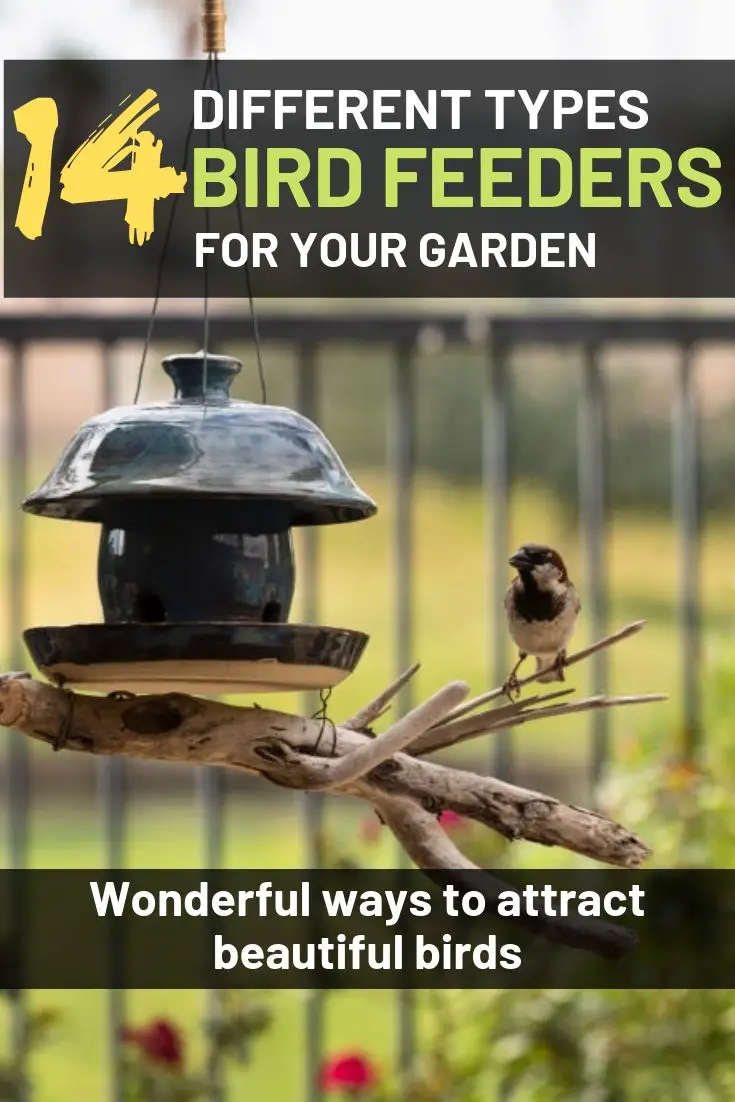

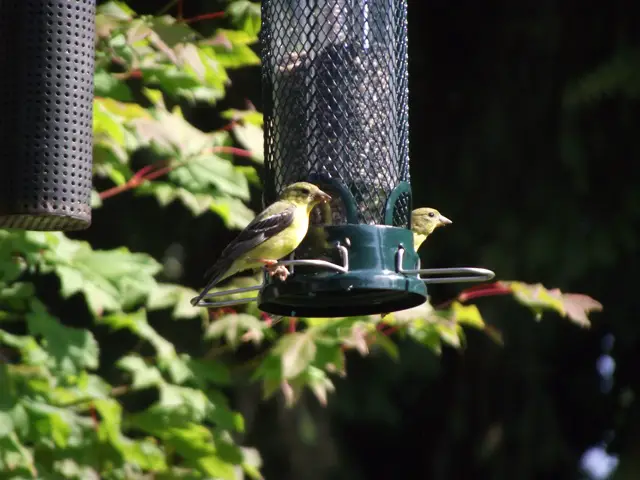
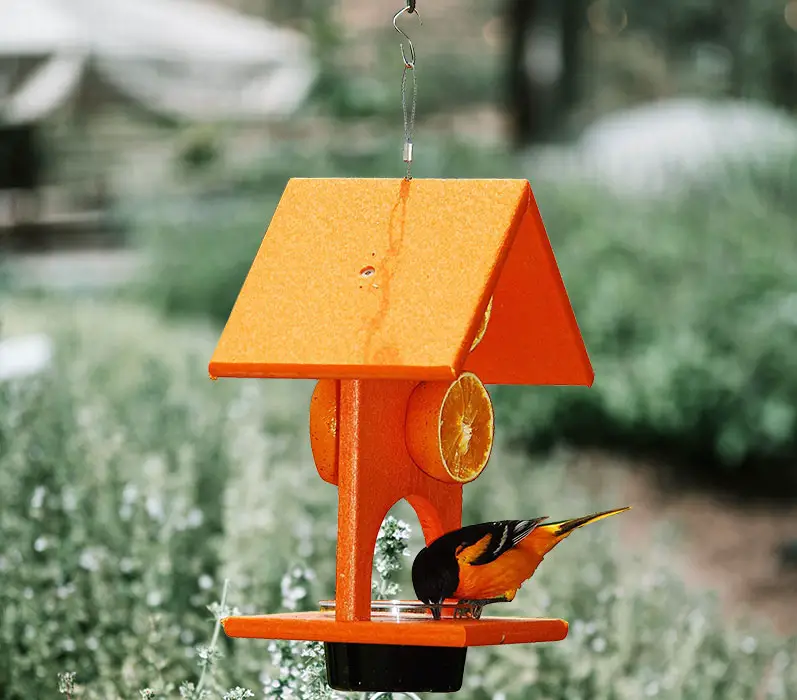
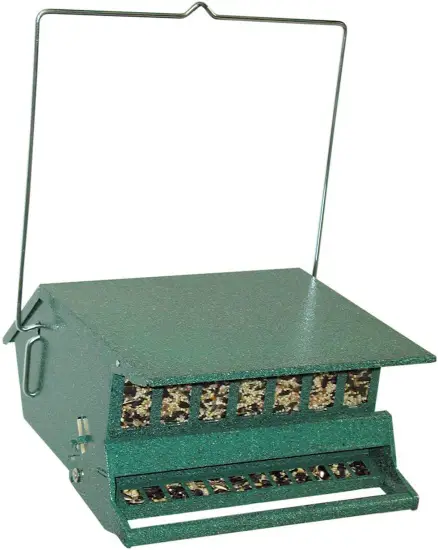
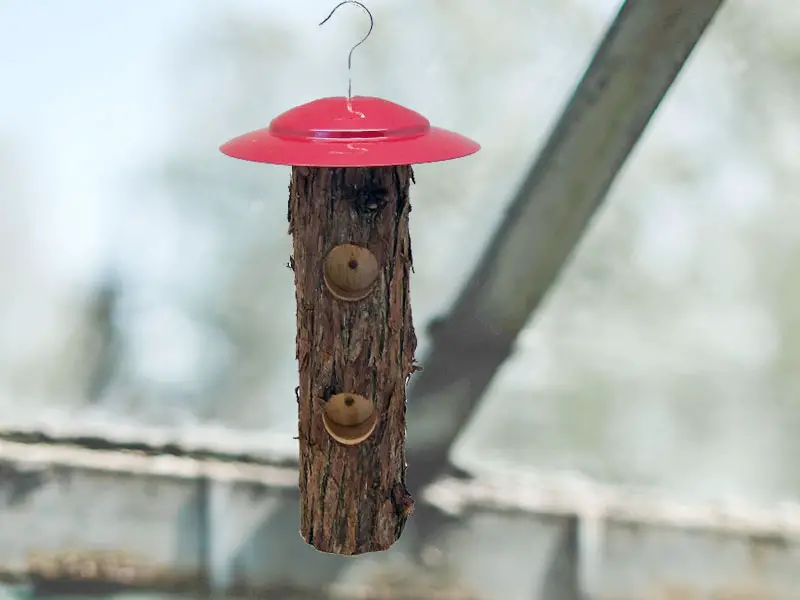
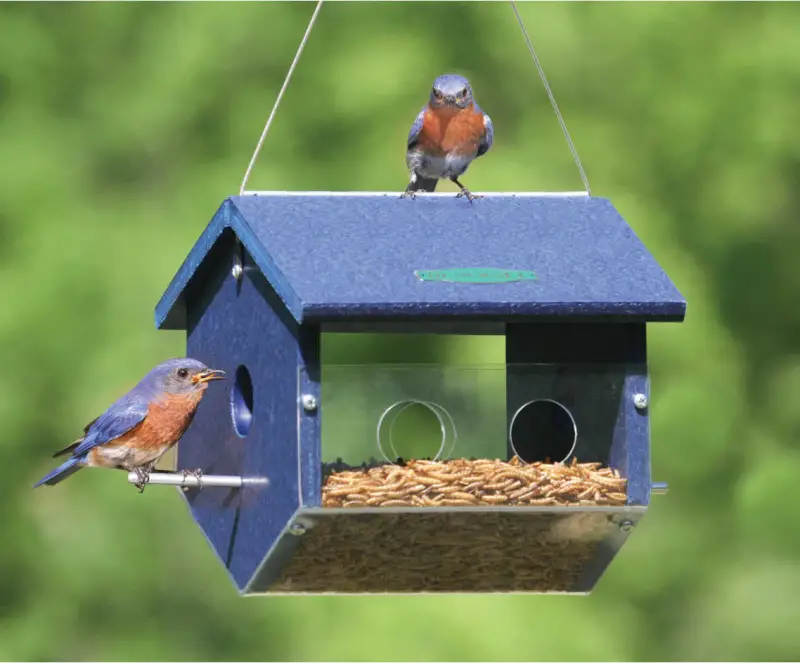
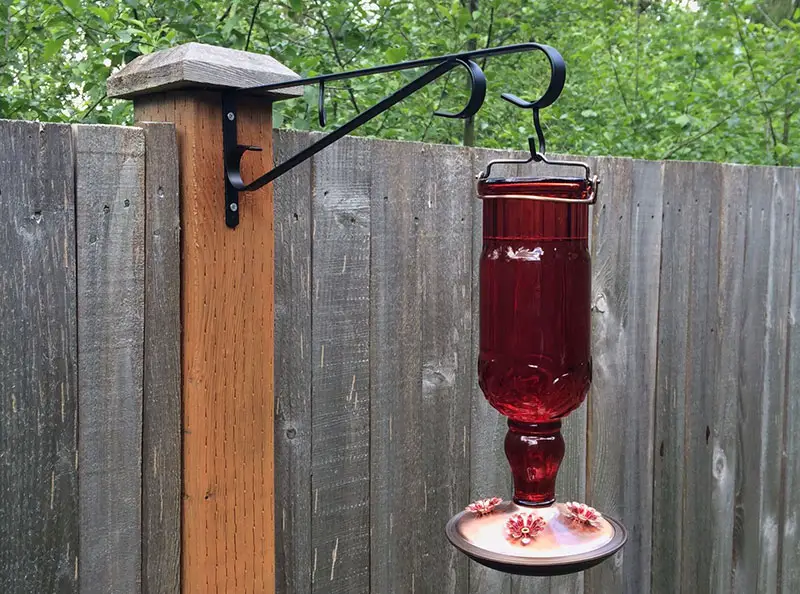
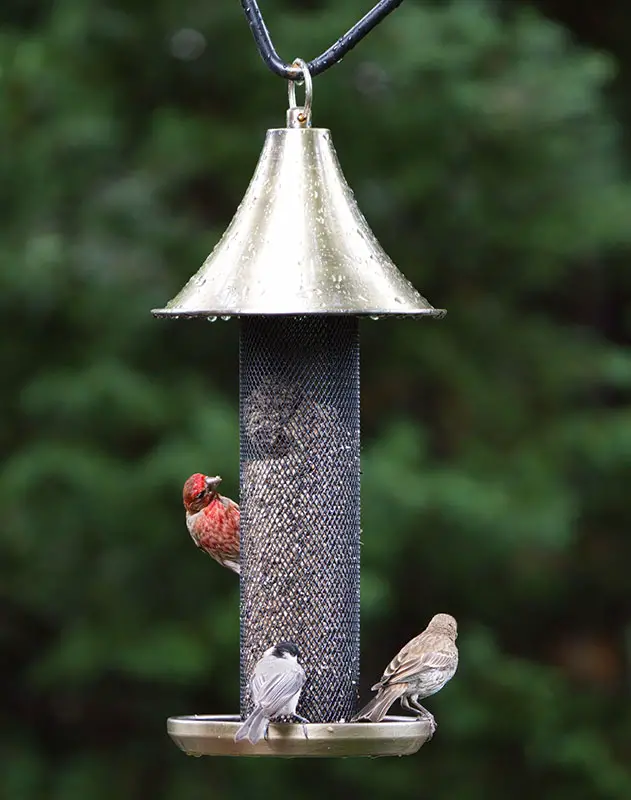
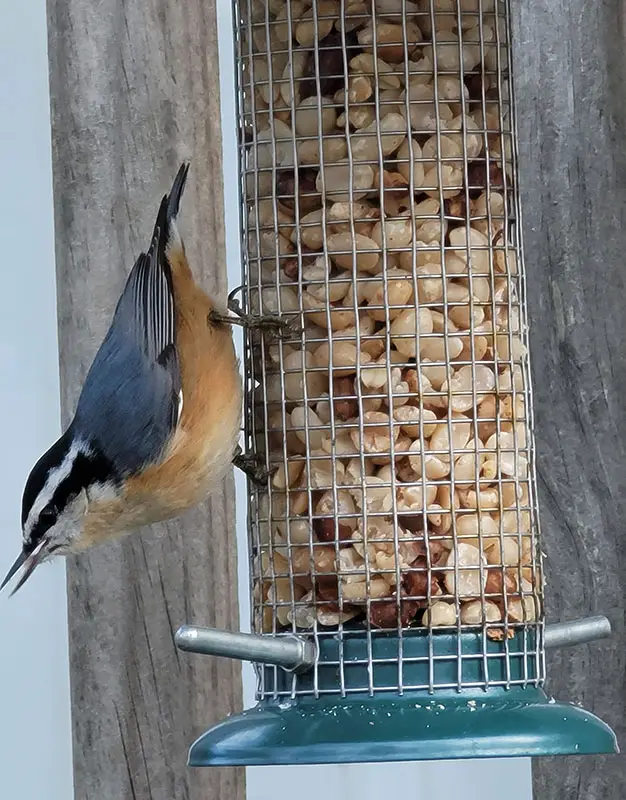
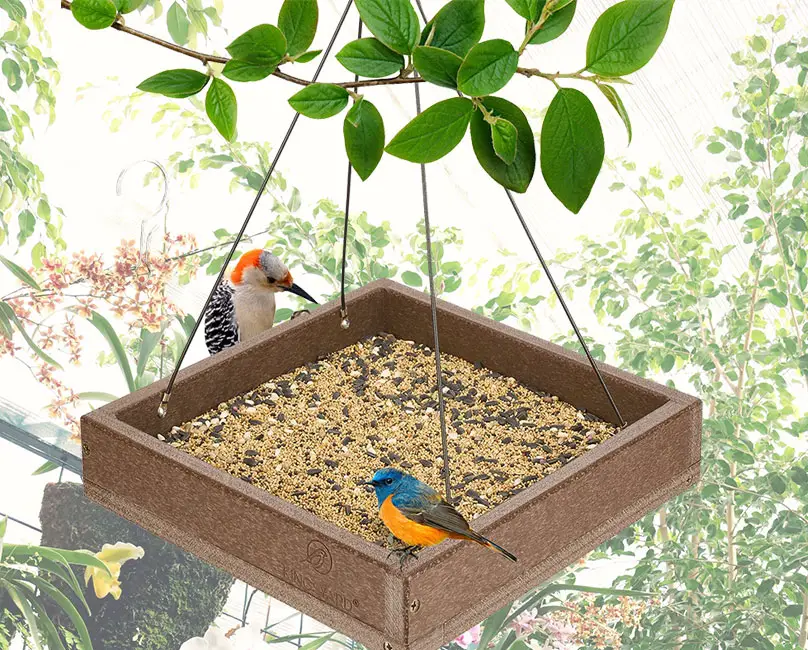
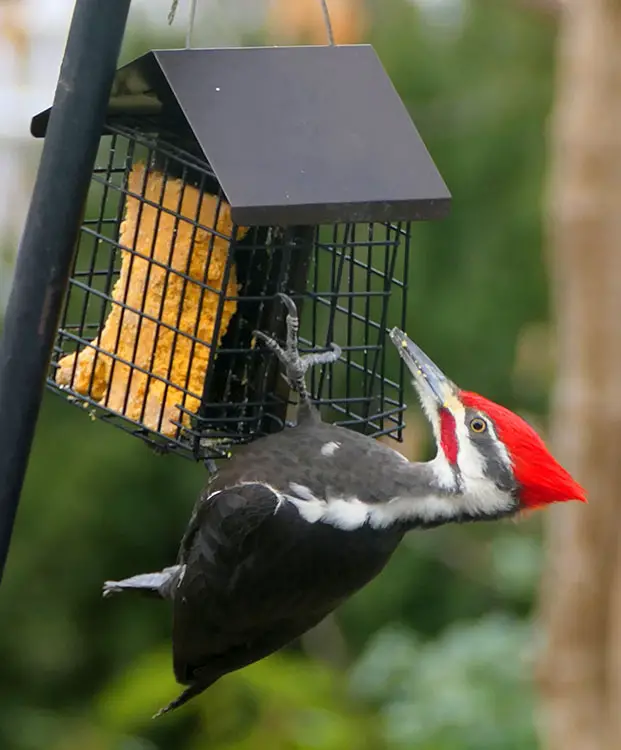
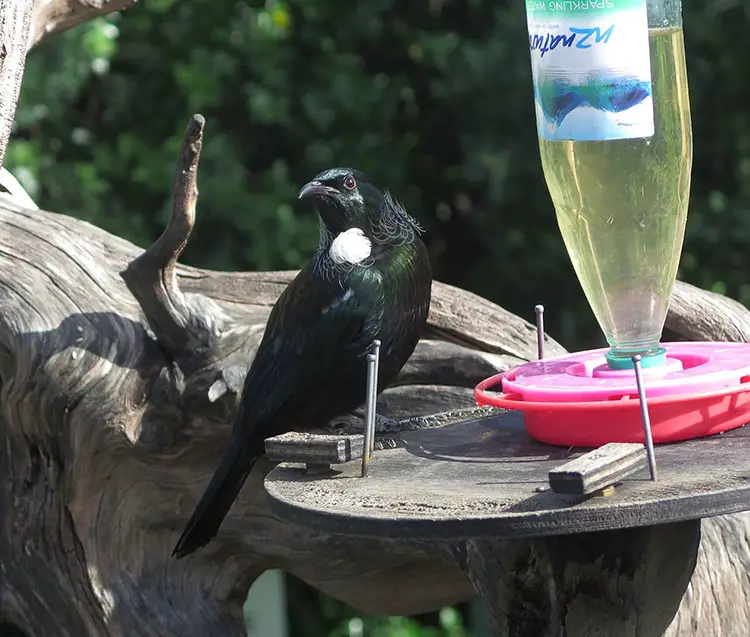
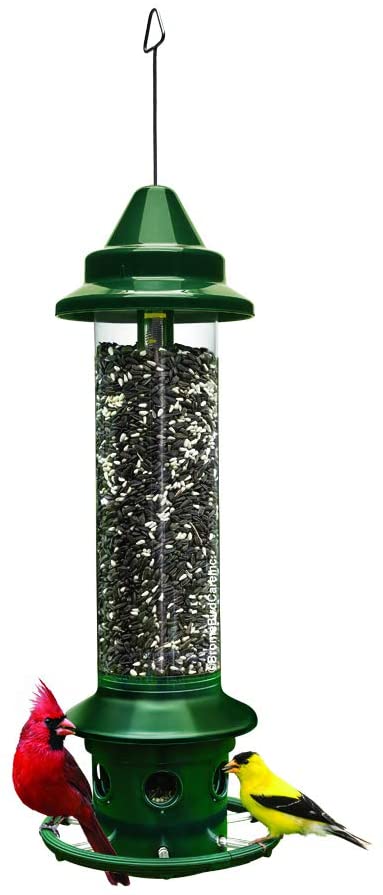
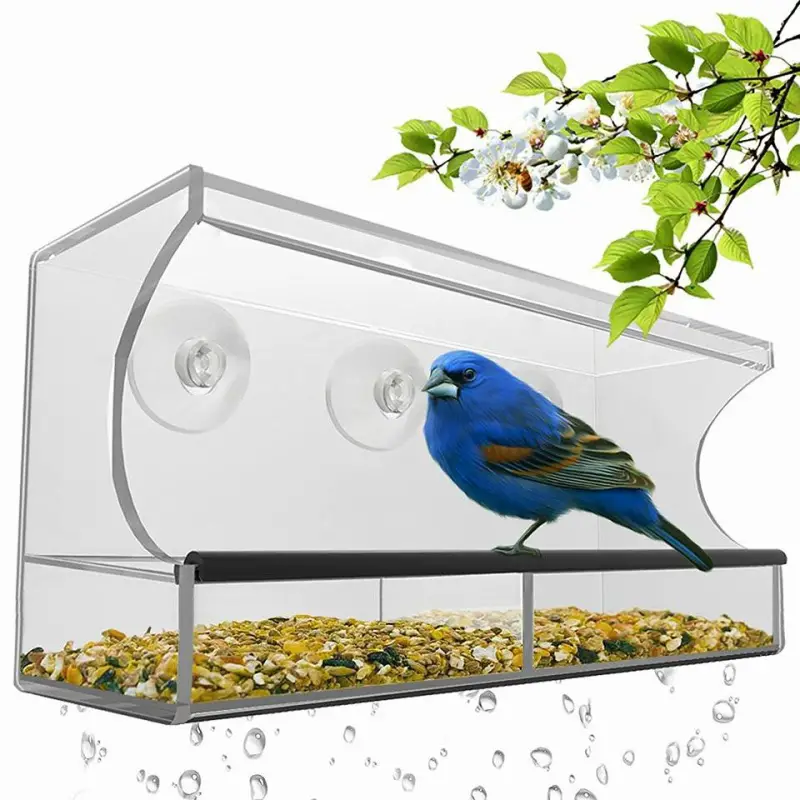
I like that you mentioned how garden bird feeding is an exciting and rewarding experience that could bring joy, beauty, and connection to nature into your backyard. I like bird watching, so I am thinking of having bird feeders in our garden in order to attract birds. But before that, I need to get some outdoor bird feeders online.